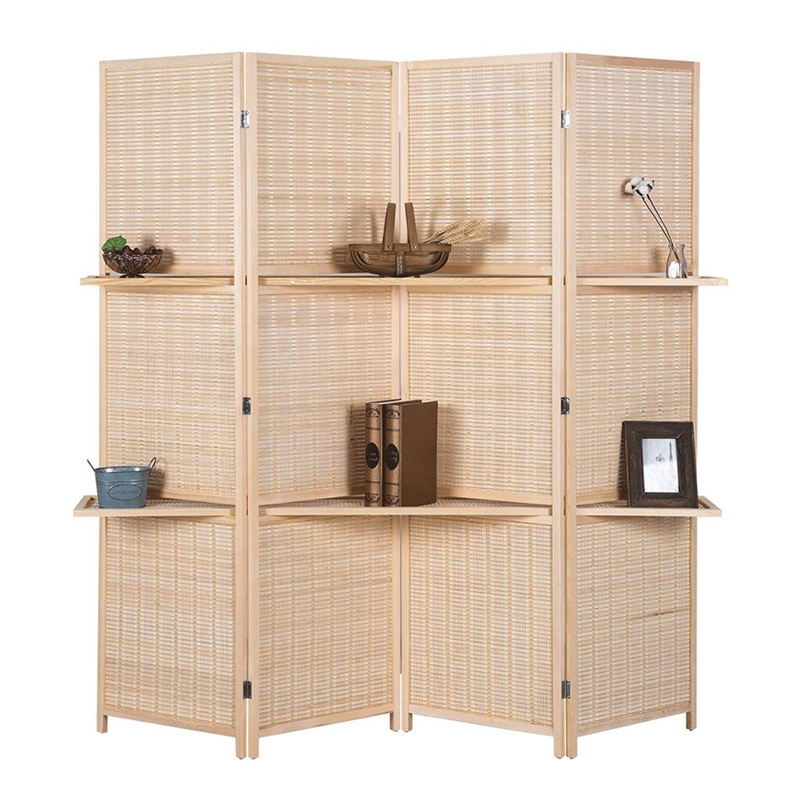Experts have been asking whether electronic media is replacing paper and whether we are in the throes of media substitution. When the vaunted paperless office could not be realized and the problem became worthless, a new buzzword emerged: media integration. It proposes that current traditional media such as television, radio and printing will be superfluous after the emergence of multimedia. In the mid-1990s, the World Wide Web led to the further development of the media, called media convergence, that is, mixing various media platforms on the basis of common Internet technologies. Does this mark the end of the printing road? of course not. The media is a crucial part of the value-added chain. People often face the problem of making a dilemma between high-quality prints and their costs. Today, the situation is very different. How can a company make money if it does not use high quality print as a means of promotion? The forerunners of the Internet (that is, those companies called “.comâ€) are going to the public to make big money, and they have pushed communications and advertising to unforeseen heights. AOL, Yahoo and E-Bay are among the world's top advertisers. Interestingly, it is the print media that has gained a lot from this development. According to information provided by AC Nielsen, the world’s leading television and internet company, ads in newspapers and magazines in the United States increased by 10% in 1999, and their advertising accounts for more than 43% of all forms of advertising. The same trend also exists in other countries. Virtual companies need and apply printing to draw people’s attention to them.
The boom in the stock market and advertising has drastically increased the number of financial magazines and Internet/E-commerce publications. According to Dieter Görtner of the ZMG newspaper market organization in Frankfurt, Germany, newspapers are rapidly becoming “an indispensable medium for short-term communicationsâ€. ZMG's research even considers that “the newspaper has the best image—better than TV, radio, or the Internet!†Companies, especially financial, electronic communications, and information technology companies that launch print ads mean that the printing industry is booming.
It is not just the world's top financial and commercial centers that have benefited from this trend. Take South Africa as an example, there are more than 800 companies now listed in the stock exchange list. As a result, the demand for financial communications has grown. Thanks to instant publication of newsletters, industrial analysis, quarterly reports and similar publications, the printing business has improved significantly. What is interesting is that these new users tend to live at any time and have little print. They use digital printing technology almost without exception, both in black and white and in color.
Obviously, the new printing business is rapidly developing to meet the needs of the new stock market and Internet economy with high speed requirements - which is beyond the capabilities of the traditional printing industry. A recent analysis of the US Xplor user group confirms this. Most of Xplor's approximately 5,000 member companies use the latest technology (digital printing and the Internet). This is the so-called "e-commerce needs e-print." The New Business Opportunities from the Internet Economy It is interesting to note that according to manufacturers’ sales of digital-digital printing and traditional printing such as offset printing, great growth rates have been reported, which may be surprising from the above. An analysis by Charles A. Pesko, like Cap Venture in the United States, predicts that the global black and white digital press market will triple by 180 billion U.S. dollars by 2002 and increase to 25 billion U.S. dollars by 2005. In contrast, the market for color digital printing systems remains relatively small (less than 500 million in 1999), but it is expected to quickly increase to several billion dollars due to the launch of new products at the Drupa 2000 exhibition.
In 1999, traditional printer manufacturers reported a significant increase in orders (+6%), with global sales of approximately $12.5 billion. This contributes to special printing processes such as flexographic and packaging printing, post-press processing, in particular consumables and printed materials. FAO predicts that per capita paper consumption will increase by 3% per year by 2010, and printed paper will account for a significant portion of this. The strategies adopted by co-creators to grow printer manufacturers can be divided into two main areas:
1. Optimize existing printing processes by automating and creating continuous workflows, including computer-to-plate CtPlate and computer-to-plate CtPress.
2. Develop new digital printing processes for professional applications (such as ink-jet printing, printing methods using toner and electrophotography).
The former aims to replicate information faster, better, and higher quality for high-volume products, while the latter aims to meet the needs of small, flexible, on-demand printed products. As for the question of which company must now choose which one, or whether it is possible to combine the two, the printing plant is making its own decisions rather than the printer manufacturer.
At drupa 2000, suppliers will provide complete solutions instead of just displaying new products. Most European printing industry professionals will focus on identifying future customers and their requirements, predicting which products and services are required by customers, rather than receiving new technologies and new products to be released at the show. Exhibitors who can provide information in this area and stimulate customer interest will no doubt be welcomed. If the printing industry can develop a reasonable future development strategy for their customers, then both parties will benefit from this. Outlook: E-paper, e-books, and e-commerce are the latest trendsetters in the United States. The e-age is a phenomenon that is more talked about. It is dominated by the competition of all commercial operations on the World Wide Web and the Internet. "E-way" has become a familiar statement. The same trend is evident in Europe. Internet service provider AOL’s acquisition of Time Warner, the world’s largest media group, is a manifestation of the strength of the electronic economy, and at the same time, it also proves the mistakes of critics. E-commerce and the Internet are not new at once. They are new economic pacemakers.
Printing companies will benefit from the "electronic" boom because their core business is to work on copying media and information. These companies always use the latest technology. New applications and innovative communication channels are now emerging based on digitization. Information technology, such as digital imaging material that can be erased and rewritten called electronic paper, is making great breakthroughs. The initial prototype will introduce tangible products in 5 to 10 years. In the future, the choice of books will include e-books, which can record information very quickly. Data materials contained in electronic books can contain hundreds of ordinary books and can be updated and supplemented via the Internet. The "Digital Times Publishing" summit held in Venice at the end of January this year proved that this is not a science fiction story. The conference organizers, the German Book Trade Association and the Italian Publishers Association, set out a scenario that impressively demonstrated the impact of the Internet and Intranet on the content and distribution of print media. The publishers at the conference seemed to feel and respond positively. They will open up new business opportunities to more effectively build content and provide readers with new access channels. At present, about 3% to 5% of book sales are done through the Internet. Once linked to the channel of book-on-demand products, this figure will undoubtedly increase rapidly. Similarly, service providers in the printing industry that have a relationship between printing services and new media technologies will have excellent prospects. Facts and figures Germany's investment in publishing technology in 1999 Global system and equipment investment: USD 12.5 billion (a 5% increase) in the proportion of manufacturers (%): Germany 40 Japan 12.5 USA 10.8 UK 7.6 Switzerland 6.1 Order volume increase ( June to August 1999: 6%
Source: Forschungsgemeninschaft Druckmaschinen eV (FGD), 1999
Home accessories are furniture items which are easy to replace and easy to move, and include almost any items that are not strictly functionally necessary in a decorated space. These accessories include such items as curtains, sofa sets, cushions, tablecloths and decorative craft products, decorative wrought iron, and so on. These items are commonly used in indoor furnishings and layout and can include cloth items, paintings, and plants.

The first thing that matters when it comes to sofas with back support is the type of the sofa. Namely, there are plenty of different types of sofas on the market, but, not all of them are for back support. Anyway, here are some of the best sofas for back support.

Home accessories, as movable decorations, reflect the owner's taste and create a personal atmosphere where they are placed. These items can break the boundaries of the traditional decoration industry, using handicrafts, textiles, collectibles, and things such as lamps, floral items, and plants re-combined to form a new concept. Home accessories vary according to the size and shape of the room space, the owner's living habits, hobbies, tastes, and their financial situation.
Home Decor,Flower Pot Rack,Room Divider Furniture,Customized Photo Frames
Jinan Tri-Tiger Technology Development Co., Ltd , https://www.tri-tigerfurniture.com